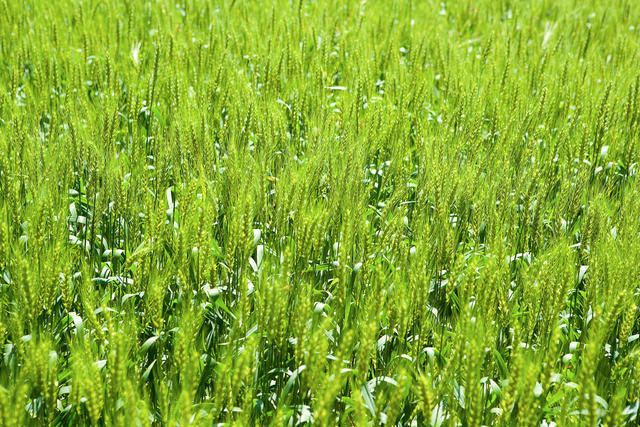Prepare now to speed up wheat planting
Prepare now to speed up wheat planting

A cool, wet spring and summer has delayed corn harvest for many Kentucky growers this year, which means wheat planting will also be delayed. While it may be several weeks before farmers fire up their wheat drills, they can do several things to make sure they are ready to plant as quickly as possible, said Carrie Knott, grain crops specialist with the University of Kentucky College of Agriculture, Food and Environment.
“Wheat is typically planted Oct. 10 to 30,” Knott said. “After Oct. 30, growers may start to lose yield potential due to decreased tillering, cold injury and from heaving, which is the uplifting of the plants and roots caused by the soil freezing and thawing.”
This year’s corn harvest is well behind schedule. According to the Kentucky field office of the National Agricultural Statistic Service, only 14 percent of corn was harvested as of Sept. 16. This is well below the five-year harvest average of 33 percent and the 58 percent of the crop that was harvested by that time in 2012.
Growers who will be planting wheat after the optimal planting window closes should increase their seeding rates, adding one to two seeds per linear foot for each two weeks that pass after Oct. 30.
“Fall growth is the biggest factor behind wheat yields,” Knott said. “Increasing seeding rates will likely compensate for reduced fall tillering of late planted wheat and increase yields.”
The wet weather also has likely limited the amount of nitrogen in the soil in fields that follow corn. Wheat growers in this situation may want to consider an additional application of 20 to 40 pounds of nitrogen per acre at or near planting time. This is particularly important for growers planting after Nov.1 and in fields following corn, she said.
Producers should check their fields for any soil compaction issues, especially those who planted corn during wet weather. If farmers find compaction problems, they should correct them before planting wheat, as compaction will limit root growth and yield potential.
No-till producers will want to make sure corn residue is evenly distributed to ensure their seeds reach the proper depth, and reduce the risks of cold injury and heaving from the freezing and thawing of the soil.
Since this may be a year when farmers park their combine and immediately climb onto the tractor pulling their wheat drill, they may want to consider calibrating the drill now as it can save them critical time when they only have a short window to plant.
Extension


